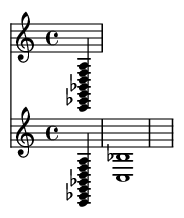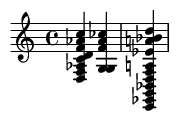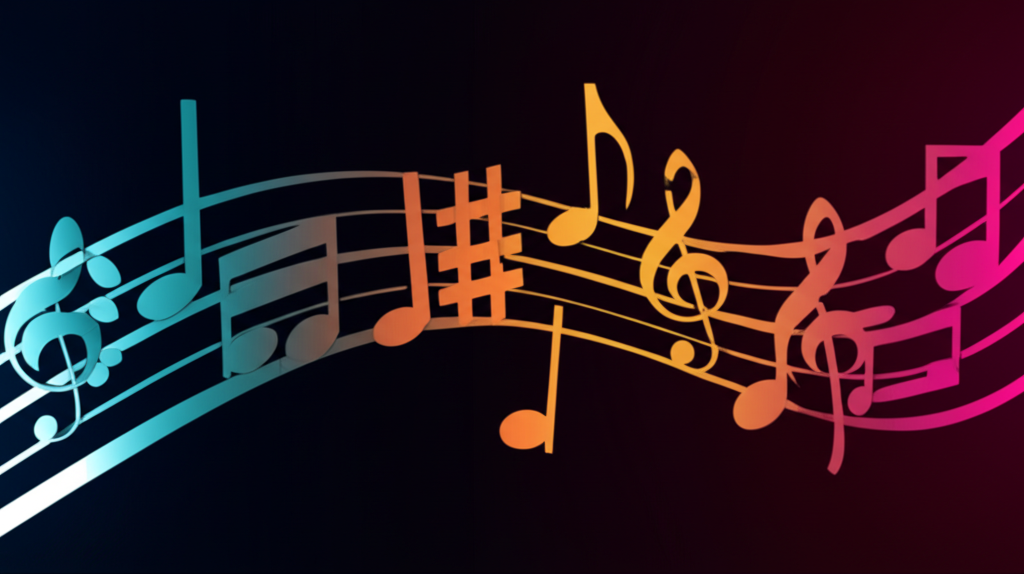Summary:
The minor 13th chord is a lush, sophisticated harmony that often functions as a point of resolution in jazz and contemporary music. This article demystifies its theoretical structure, explains the crucial art of practical voicing, and demonstrates its primary role as a stable tonic chord, equipping you with the knowledge to use it effectively in your own music.
Keywords:
Minor 13th, jazz harmony, extended chords, chord voicings, music theory, tonic minor, ii-V-i, piano voicings, jazz piano, harmony, composition, MusicXML
Introduction:
Moving beyond triads and basic seventh chords opens up a universe of harmonic color. Among the most beautiful and evocative sounds in this universe is the minor 13th chord. Far from being just a complex cluster of notes, it represents a sound of sophisticated repose and lush tranquility. This article will guide you from the dense theory of this seven-note chord to its elegant and practical application, transforming it from an intimidating concept into an expressive tool in your harmonic vocabulary.
Deconstructing the Minor 13th Chord
Theoretically, a minor 13th chord is a heptad (a seven-note chord) built by stacking thirds on the root of a minor scale. For a C minor 13th, the formula is: Root (C), Minor Third (Eb), Perfect Fifth (G), Minor Seventh (Bb), Major Ninth (D), Perfect Eleventh (F), and Major Thirteenth (A).
However, if you play all seven of these notes together, you'll notice a problem. The perfect eleventh (F) creates a harsh, dissonant minor 9th interval with the minor third (Eb). This clash clouds the chord's identity and creates a "muddy" sound. For this reason, in practice, the 11th is almost always omitted.
Therefore, the practical formula for a Minor 13th chord that musicians actually use is: Root, Minor Third, Minor Seventh, Major Ninth, and Major Thirteenth. The perfect fifth is also often omitted as it adds little to the core quality of the chord and can free up a finger for other notes.
From Theory to Practice: Voicing the Minor 13th
Effective use of the minor 13th chord is all about voicing. A good voicing is clear, balanced, and brings out the chord's characteristic color. Let's compare the theoretical stack with a practical, musical voicing.
Example 1: The Theoretical Stack (and why we avoid it)
Here is the full Cm13 with all seven notes. Notice the density and the clash between the Eb and F.
Example 2: A Practical Piano Voicing
This is a common, two-handed piano voicing for Cm13. It omits the 11th (F) and the 5th (G), creating a clear and beautiful sound. The left hand establishes the root and seventh, while the right hand plays the colorful extensions (3rd, 9th, 13th).

Harmonic Function: The Sound of Arrival
A common misconception is that all complex chords are dominants. The minor 13th chord, however, is most often used as a tonic chord (the 'i' chord) . It provides a sense of resolution and stability, but with far more color than a simple minor triad. It's the "home" chord, but a very beautifully furnished one.
You'll frequently find it at the end of a minor ii-V-i progression, the most common cadence in jazz. Listen to how the tension of the V chord (G7alt) resolves beautifully into the lush stability of the i chord (Cm13).
Example 3: A Minor ii-V-i Progression
This progression shows | Dm7(b5) | G7(alt) | Cm13 | resolving to a stable tonic.

The Minor 13th in Jazz History
The popularization of rich, extended harmonies like the minor 13th is a hallmark of post-bebop jazz. Pianists like Bill Evans and Herbie Hancock were masters of crafting voicings that brought out the emotional depth of these chords. In Evans' playing, you hear these harmonies used to create introspection and tenderness. In Hancock's work, especially on albums like "Maiden Voyage," similar extended chords create a sense of spaciousness and modernism. They transformed the minor chord from a simple, sad sound into a complex, contemplative, and beautiful harmonic statement.
Exploring Variations: Dorian vs. Aeolian
The "default" minor 13th chord, with its major 13th (an A natural in C minor) , implies the Dorian mode as its parent scale. The Dorian mode (C-D-Eb-F-G-A-Bb) contains this characteristic major 6th/13th. However, you can also have a minor chord with a minor 13th (an Ab in C minor). This chord, often written as Cm13(b13), is derived from the Aeolian mode (the natural minor scale) and has a darker, more poignant quality. Experimenting with both the natural 13 and the b13 will give you even more expressive options.
Conclusion:
The minor 13th chord is more than a theoretical exercise; it's a sound with a distinct function and a rich history. By understanding its primary role as a tonic chord and mastering the art of voicing—most importantly, by omitting the problematic 11th—you can unlock its potential for profound musical expression. Take these voicings to your instrument. Play them, listen to them, and let their sophisticated sound inspire your next composition or improvisation.
References:
Levine, Mark. (1989). *The Jazz Piano Book*. Sher Music Co.
Rawlins, Robert & Bahha, Nor. (2005). *Jazzology: The Encyclopedia of Jazz Theory for All Musicians*. Hal Leonard Corporation.
Tymoczko, Dmitri. (2011). *A Geometry of Music: Harmony and Counterpoint in the Extended Common Practice*. Oxford University Press.
